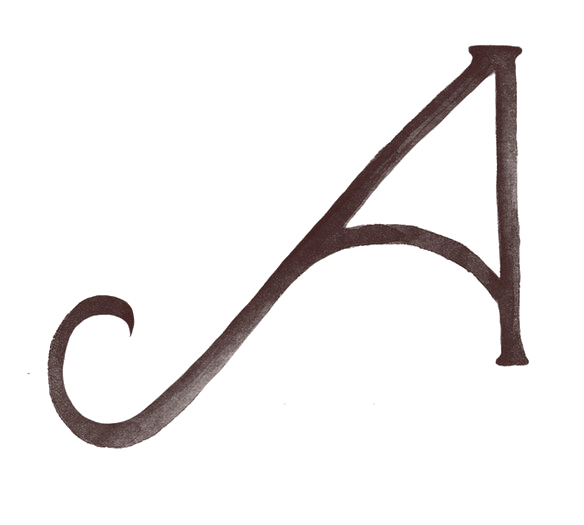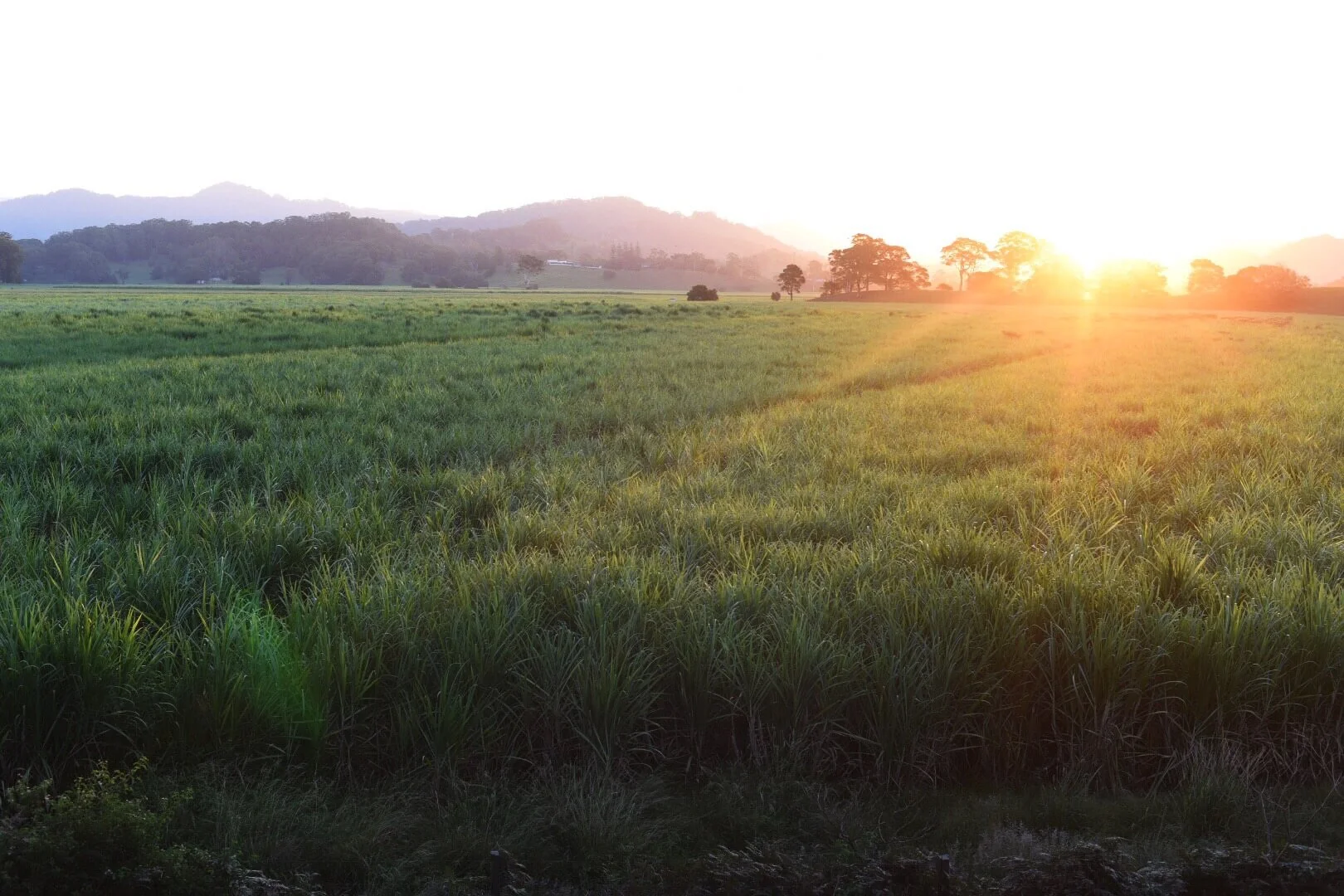Lights, camera, write! Non-fiction writing
I am often asked to assess manuscripts and, in many cases, I point out the need to ‘show not tell’.
In non-fiction writers’ need to lay down the facts in a logical order, they will often forget that they can use words as brushes to paint a picture that is more compelling and ultimately more memorable than a nicely written paragraph.
For the perfect example, I often turn to F. Scott Fitzgerald’s, The Great Gatsby. In chapter three he not only paints colour, but light, movement and sound.
The last swimmers have come in from the beach now and are dressing up-stairs; the cars from New York are parked five deep in the drive, and already the halls and salons and verandas are gaudy with primary colors, and hair shorn in strange new ways, and shawls beyond the dreams of Castile. The bar is in full swing, and floating rounds of cocktails permeate the garden outside, until the air is alive with chatter and laughter, and casual innuendo and introductions forgotten on the spot, and enthusiastic meetings between women who never knew each other's names.
The lights grow brighter as the earth lurches away from the sun, and now the orchestra is playing yellow cocktail music, and the opera of voices pitches a key higher. Laughter is easier minute by minute, spilled with prodigality, tipped out at a cheerful word. The groups change more swiftly, swell with new arrivals, dissolve and form in the same breath; already there are wanderers, confident girls who weave here and there among the stouter and more stable, become for a sharp, joyous moment the centre of a group, and then, excited with triumph, glide on through the sea-change of faces and voices and color under the constantly changing light.
He uses robust verbs with the power to create a reader response; he uses unexpected word pairings (‘yellow cocktail music’); he is masterful in the way he choreographs the swell of guests at the party and uses their own voices as a sound track to complement the orchestral music.
Many of his sentences’ structures themselves create the pace — impelling, thrusting the piece (and the reader) forward here, restraining there.
You might say, ‘But this is fiction – he was free to make up whatever he wanted for the effect he sought’. This is true, but the non-fiction writer who observes reality with the eye of a film-maker, the subtlety of a lighting expert; the ear of a musician and a feel for the natural (and unnatural) rhythms in life, has the same potential open to him/her.
Take a busy city street corner at rush hour. Observe it long enough and you will see lines of flow, tendencies for sudden surges or places where hurried knots form and just as quickly unravel.
Whether the sunlight is harsh or artificially lit makes an enormous difference to the atmosphere, as does the weather. Is street mostly subdued or are there horns, people yelling into mobile phones, vendors’ voices rising above it all?
Try it. Go to just such a place or, if you don’t live in a city, find somewhere crowded and observe as a choreographer might.
Light the scene and give it its own sound track. Perfect your word choices and remember to use verbs more than adjectives. Use your sentence length, rhythm and style to best effect. Then, like Fitzgerald, spin a beautiful scene bubble in which you and your reader can co-observe that one gorgeous piece of cinematic writing.
May your words pour onto the page,
Photograph by Alina Golovachenko

